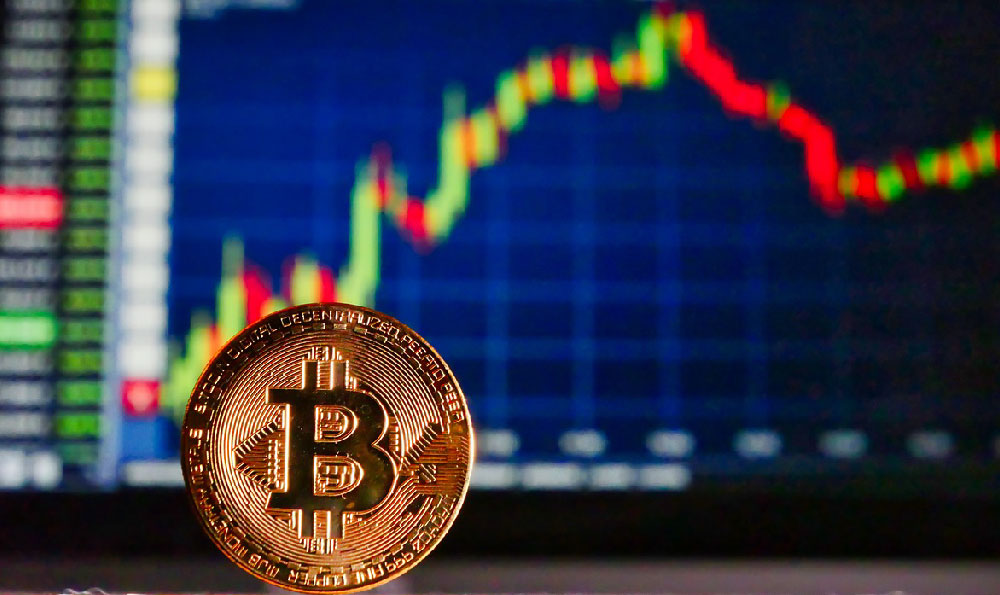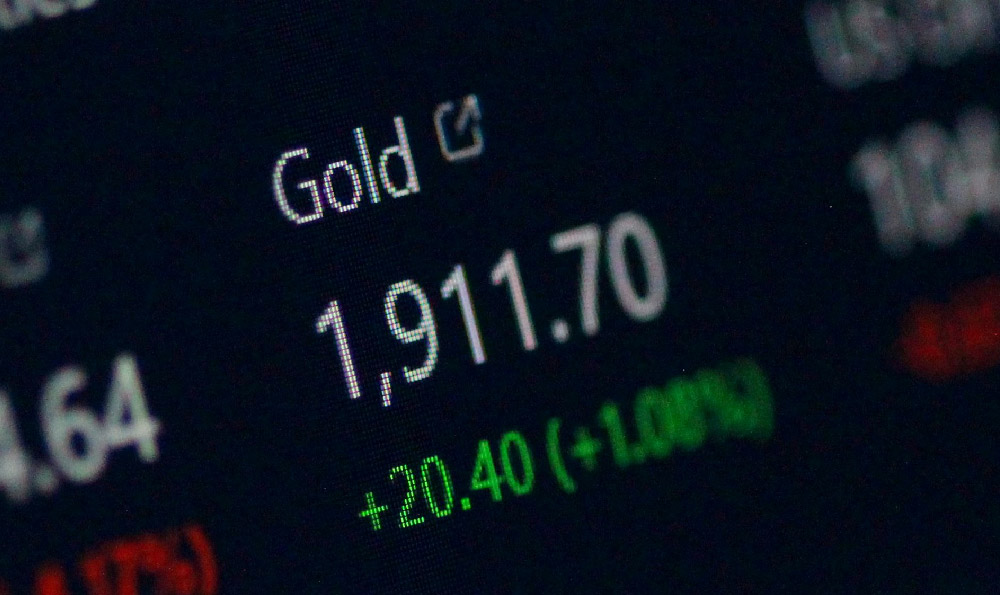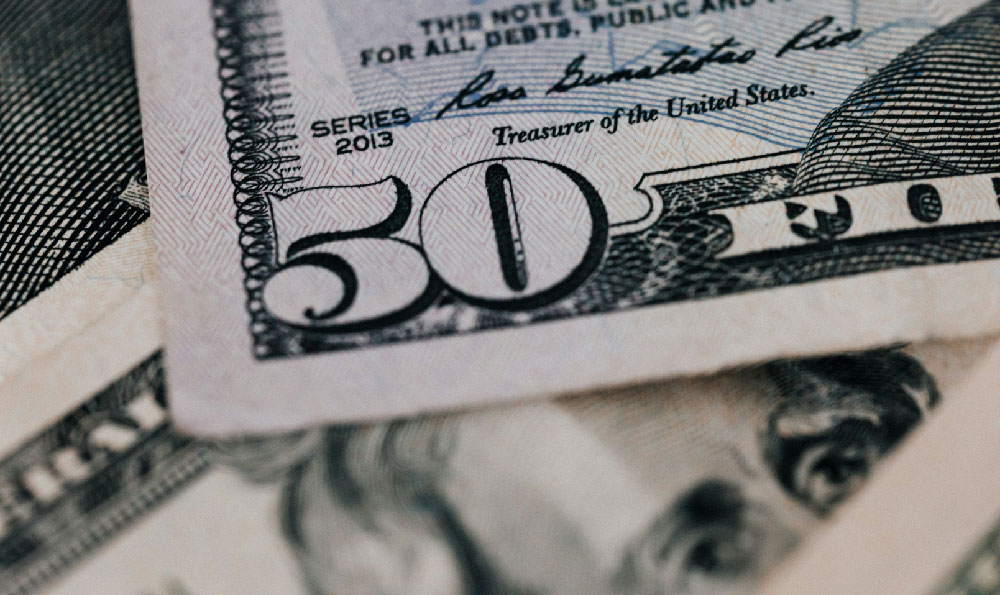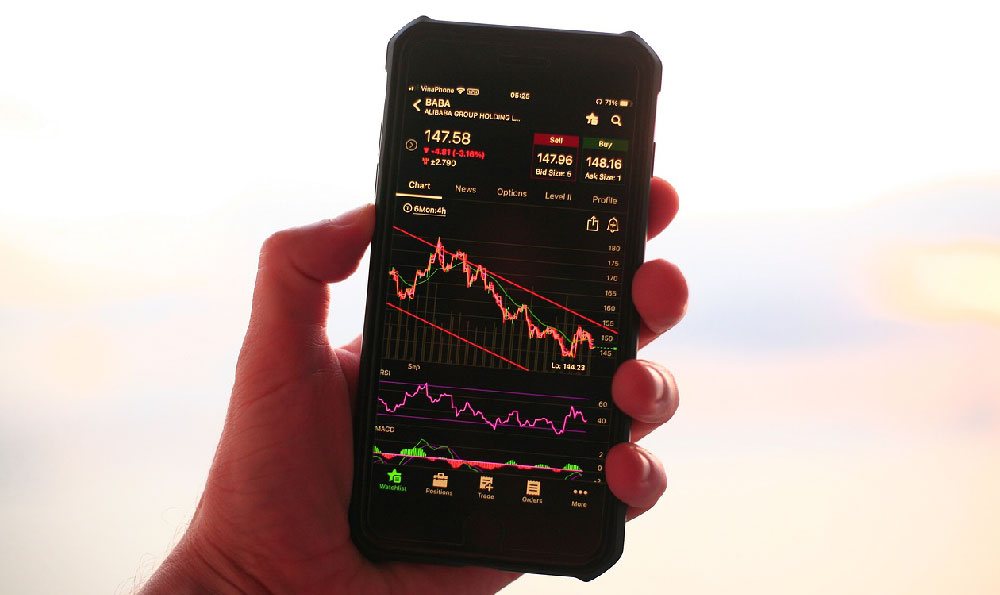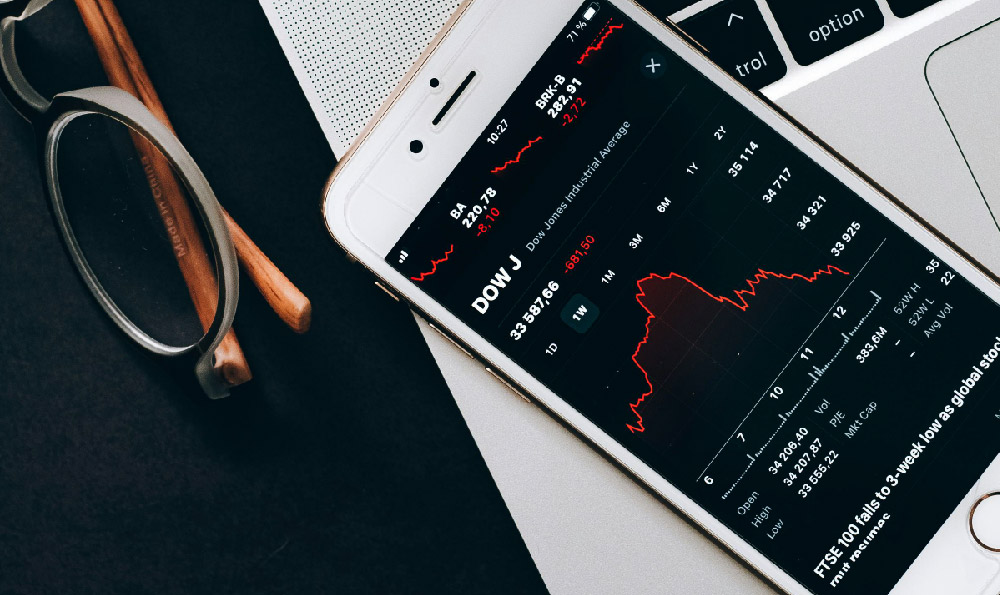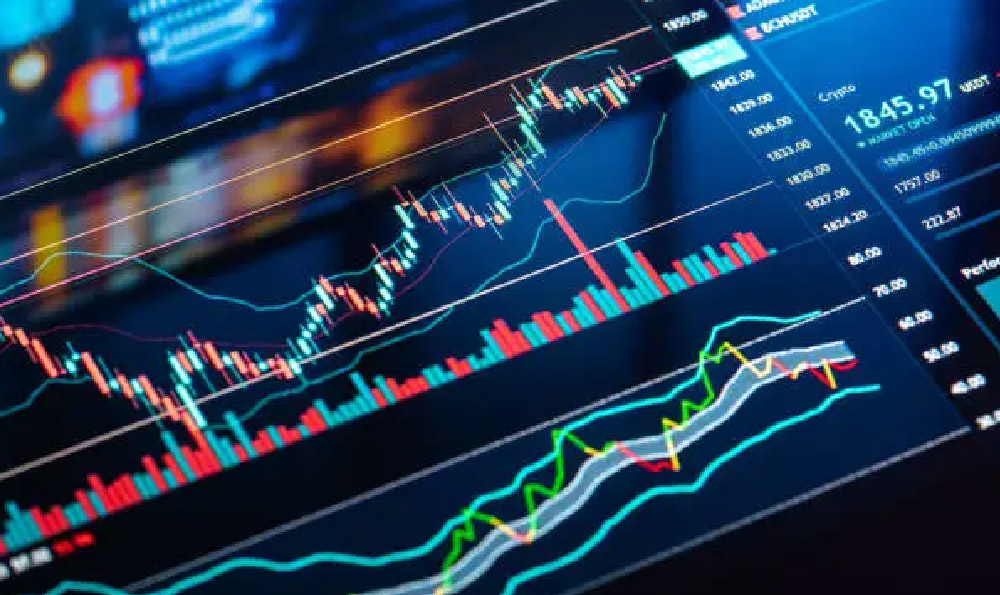Are Pokemon Cards Worth Money? How Can You Profit From Them?
Okay, here's an article on the topic of Pokemon card investment, adhering to your specifications:
Are Pokemon cards a legitimate investment, or just nostalgic cardboard taking up space in attics? The answer, like many things in the world of collectibles, is nuanced. While the vast majority of Pokemon cards aren’t worth the paper they’re printed on, a select few have become highly sought-after commodities, fetching prices that rival traditional investments. Understanding what drives this market, how to identify potentially valuable cards, and the risks involved is crucial before diving headfirst into the world of Pokemon card investing.
The Pokemon Trading Card Game (TCG) launched in Japan in 1996 and quickly gained global popularity, fueled by the success of the Pokemon video games and anime. This early success created a foundation of nostalgia for millions who grew up with Pikachu and friends. This nostalgia is a powerful force driving the current market, as collectors who were children in the late 90s and early 2000s now have disposable income and are looking to reconnect with their childhood.
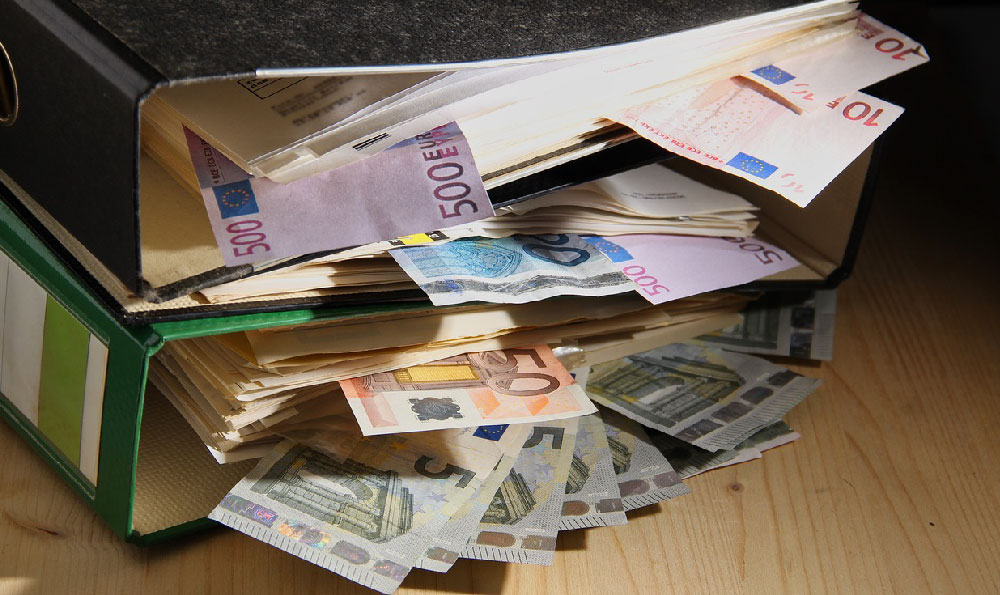
Beyond nostalgia, scarcity is the key driver of value. Cards with limited print runs, printing errors, or unique characteristics become highly desirable. First Edition cards, specifically those from the Base Set, are particularly sought after. The “shadowless” versions of these cards, which lack a shadow along the right edge of the card’s artwork, are even rarer and command a higher premium. Graded cards from reputable companies like PSA (Professional Sports Authenticator) and Beckett Grading Services (BGS) are also highly valued. Grading assesses the condition of a card on a scale of 1 to 10, with higher grades significantly increasing the card's worth. A perfectly graded “Gem Mint 10” card can fetch a staggering price, especially for rare and popular Pokemon.
What specific cards are most likely to appreciate in value? Generally, holographic cards, also known as "holo" cards, are more valuable than non-holo cards. The Charizard card from the Base Set is arguably the most iconic and consistently valuable Pokemon card. Other highly sought-after cards include the Blastoise and Venusaur from the same set. Beyond the Base Set, cards from other early sets like Jungle, Fossil, and Team Rocket also hold significant value, especially if they are first edition and in good condition.
Promotional cards are another area to consider. These cards were often distributed at special events or included with other Pokemon products, making them rarer than cards found in booster packs. Examples include the Pikachu Illustrator card, which is considered the holy grail of Pokemon cards and has sold for millions of dollars, and various World Championships promo cards.
Investing in Pokemon cards isn’t as simple as buying a few packs and hoping for the best. It requires research, patience, and a degree of risk tolerance. Here's how you might approach profiting from them:
Firstly, you need to educate yourself. Understand the different sets, rarity symbols, and grading systems. There are numerous online resources, including price guides, forums, and social media groups dedicated to Pokemon card collecting. These resources can help you identify potentially valuable cards and track market trends. Don't just rely on one source; cross-reference information from multiple sources to get a well-rounded perspective.
Secondly, consider purchasing sealed products, such as booster boxes or booster packs from older sets. These products can appreciate in value over time as they become scarcer, but storage is crucial. Ensure that you store them in a cool, dry, and dark place to preserve their condition. Humidity and direct sunlight can damage the cards and reduce their value. Be cautious, though. Some sealed products are heavily counterfeited, so buy from reputable sellers.
Thirdly, learn how to properly handle and store your cards. Use acid-free sleeves and top loaders to protect individual cards from scratches and bends. Store cards in binders specifically designed for trading cards, or in card storage boxes. Proper storage is essential for maintaining the condition of your cards and maximizing their potential value.
Fourthly, consider getting your valuable cards graded by PSA, BGS, or other reputable grading companies. While grading costs money, a high grade can significantly increase the value of your cards. Research the different grading companies and choose the one that is most respected in the market. Be aware that the grading process can take several weeks or even months.
Selling your Pokemon cards can be done through various channels. Online marketplaces like eBay, TCGplayer, and PWCC Marketplace are popular options. Local card shops and conventions can also be good places to sell your cards, especially if you're looking to sell in person. When selling online, take clear and accurate photos of your cards and provide detailed descriptions of their condition. Be prepared to negotiate prices with potential buyers.
Despite the potential for profit, investing in Pokemon cards is not without its risks. The market can be highly volatile, and prices can fluctuate significantly based on trends and speculation. A card that is highly valuable today may be worth significantly less tomorrow. Counterfeiting is also a major concern. Fake cards are becoming increasingly sophisticated, making it difficult to distinguish them from genuine cards. Always buy from reputable sellers and carefully inspect cards before purchasing them.
The long-term sustainability of the Pokemon card market is also a factor to consider. While nostalgia and demand are currently strong, there is no guarantee that this will continue indefinitely. Market trends can change, and the popularity of Pokemon cards could eventually wane. It's important to diversify your investment portfolio and not rely solely on Pokemon cards for financial returns.
Finally, understand that collecting Pokemon cards should also be something you enjoy. The passion for the hobby can make the investment journey far more rewarding. If you're only in it for the money, you may be disappointed.
In conclusion, Pokemon cards can be worth money, and there is potential to profit from them. However, it requires significant research, careful planning, and a degree of risk tolerance. Treat it as you would any other investment: understand the market, manage your risks, and don't invest more than you can afford to lose. Whether you're a seasoned collector or a newcomer to the hobby, the world of Pokemon card investing can be both exciting and potentially rewarding.
